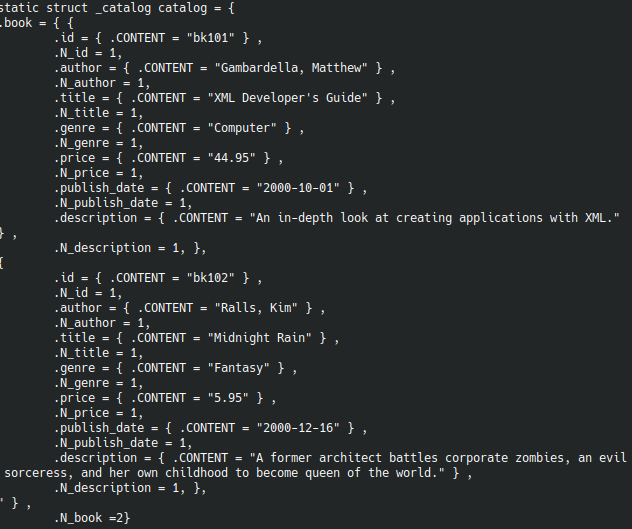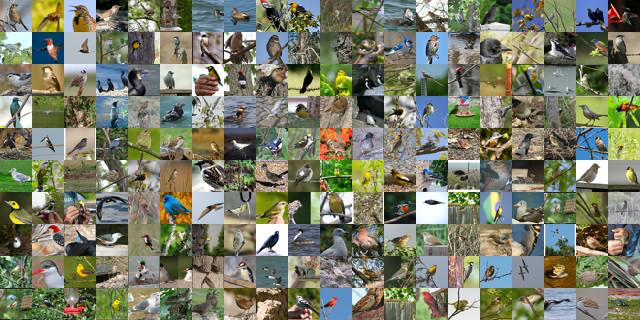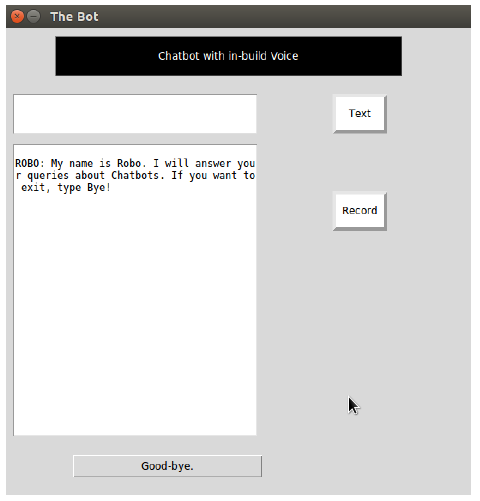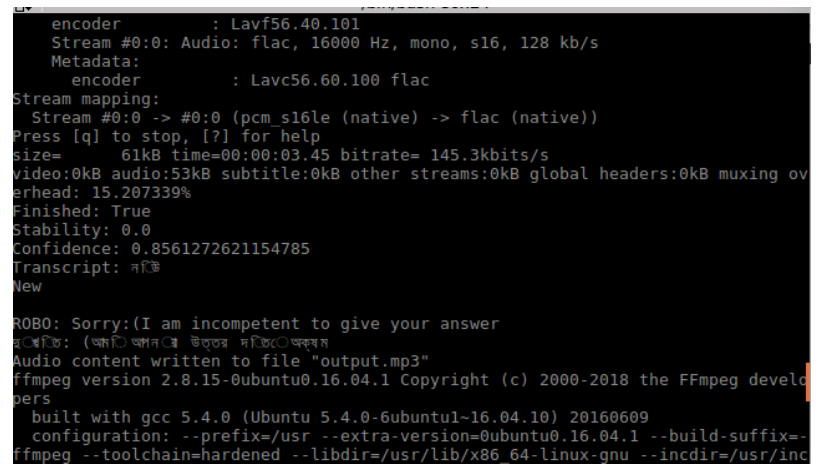Hi, my name is
Shashi Prakash Shah.
Crafting software solutions with passion and precision.
I'm a Software Engineer based in Noida, thriving on developing (and occasionally designing) solutions for challenging problems @ Interra Systems.
About Me
Hi! I'm Shashi Prakash Shah, a computer enthusiast whose journey began in high school when tinkering PC paved the path for me to learn to assemble my Desktop and introduced me to Linux !!!.
My fascination with computers inspired me to pursue a Master's in Computer Science. During my post-graduation, I spearheaded the development of a text summarizer using a transformer-based encoder-decoder architecture, achieving a remarkable 15% improvement in summarization accuracy.
Fast forward to the present, I’ve had the privilege of delving into web and desktop product development. Currently, at Interra Systems, my focus revolves around crafting customer-centric solutions. I'm a passionate C++ developer adept at optimizing software performance. Leveraging my data structures, algorithms, and memory management expertise to identify and resolve performance bottlenecks efficiently.
As a driven and results-oriented professional, I'm eager to contribute my skills to a challenging C++ role, dedicated to crafting high-performance and scalable software solutions.
Here are a few technologies I’ve been working with recently:
- C++ 11
- Python 2 & 3
- GNU GDB
- Valgrind
- Purify
- SVN
Where I’ve Worked
Engineer @ Interra Systems India Pvt. Ltd.
July 2022 - Present
- Developed a GDSII layer editing utility, empowering users to directly modify multiple elements across files, boosting productivity by 20%.
- Implemented GDB tracing in MC2, reducing debug time by 5%.
- Developed comprehensive and user-friendly error messages for invalid MDL syntax, reducing debugging time by upto 10%.
- Enhanced inbuilt support for array and hash functionalities in MDL, ensuring correct and consistent behavior when working with arrays in the software, and preventing potential data corruption.
- Analyzed and increased parallel compiler execution by 33%, utilizing 40 additional instances on a 200-core system.
- Rectified proper initialization of arrays in MDL, ensuring code reliability and stability, and preventing potential memory leaks.
- Improved memory usage by 34% through leak detection and error removal, enhancing system stability and resource efficiency.
- Implemented a GDSII-based GUI view, offering a visual representation of sub-circuit and cell ports for improved debugging, reducing error resolution time by 5%.
- Implemented GDSII element hierarchy copying, significantly improving user experience in memory design, boosting user experience.
- Enhanced netlist clarity by adding user-specified instance naming to generated netlists in MDL,facilitating debugging and clarity.
- Implemented support for creating arrays from multiple scalar variables in MDL, enhancing language flexibility and usability.
My Code Creations
-
Developed a module in C to convert XML data into C structures and arrays. Utilized Flex and Bison for parsing, leveraging parse trees and intermediate tree representations.
This module facilitates handling XML data within C applications.
- C
- Lex
- YACC
- XML
-
Developed a Convolutional Neural Network inspired by VGG-16 and AlexNet to classify bird species, using the Caltech-UCSD Birds 200 dataset. Focused on 20 bird categories, we compared our model with state-of-the-art neural networks, fine-tuning parameters for optimal performance. Initialized networks with both pre-trained ImageNet weights and random weights. Achieved testing accuracy on par with ResNet-50 and surpassed it in training accuracy. Gained insights into neural network training through detailed analysis of training graphs."
- Python
- Keras
- CNN
- Image-data-Augmentation
-
During my summer internship at CSIR-CMERI, Durgapur, I developed an innovative application for voice-based translation using Google APIs. The project involved:
- Speech-to-Text and Text-to-Speech Integration: Leveraged Google's APIs to convert voice to text and vice versa.
- Language Translation: Utilized Google's Translation API to translate between Bengali and English.
- Chatbot Development: Scaled the application into a chatbot based on a Question Answering System, capable of processing voice inputs and generating responses from a predefined corpus.
- Testing: Used a Wikipedia page about computers to test the application's functionality and accuracy.
- Python
- API-integration
- Tkinter
- NLP
Get in Touch
If you'd like to connect with me, feel free to reach out and send me a connection request. And if you're interested in checking out some of my coding work, head over to my GitHub profile. Don't hesitate to reach out if you have any questions or want to connect with me further. I'm always open to meeting new people and expanding my network on these platforms.




